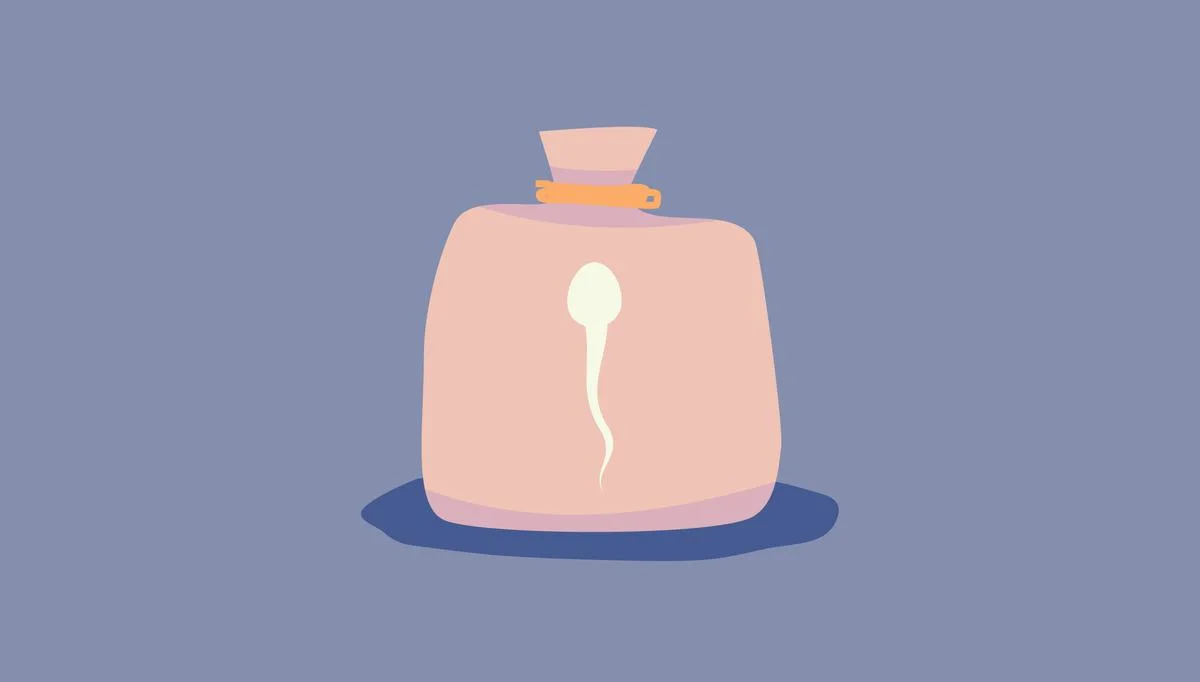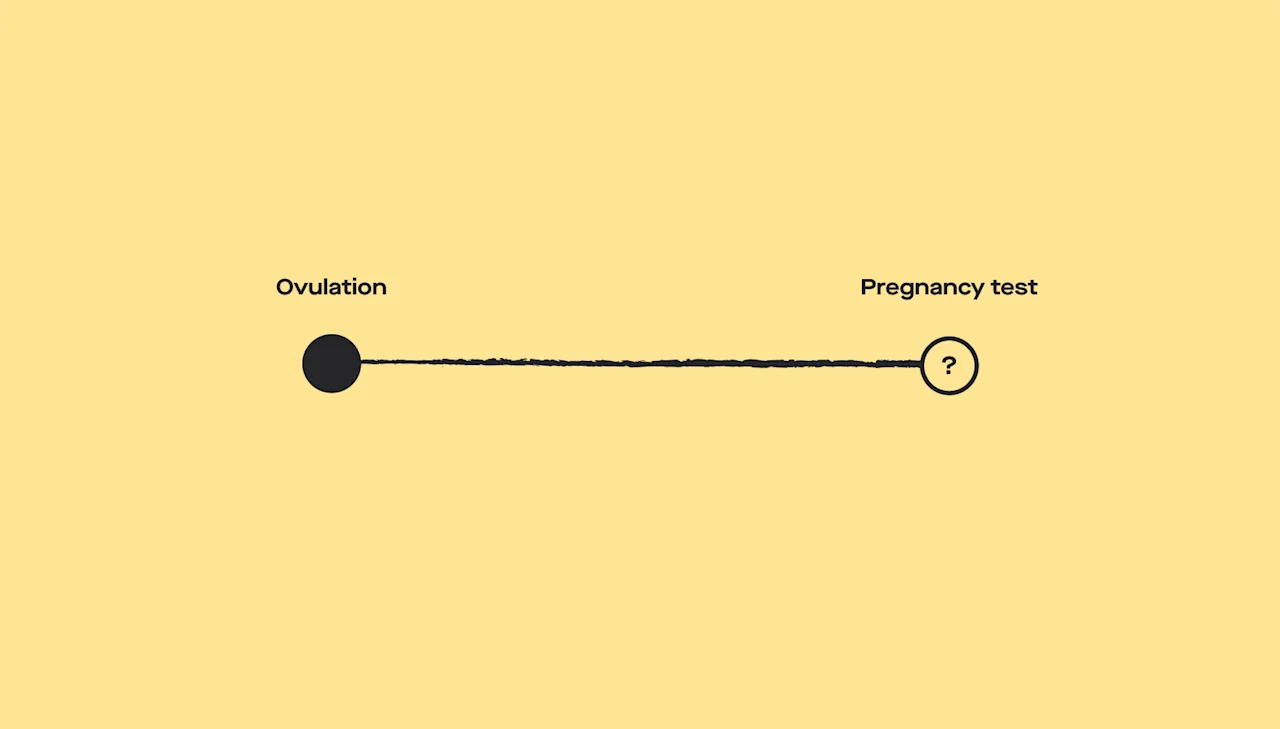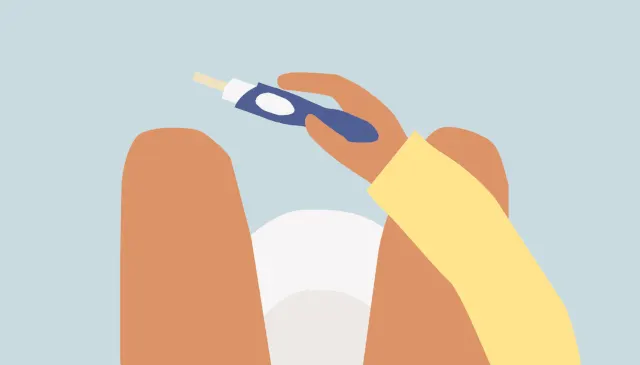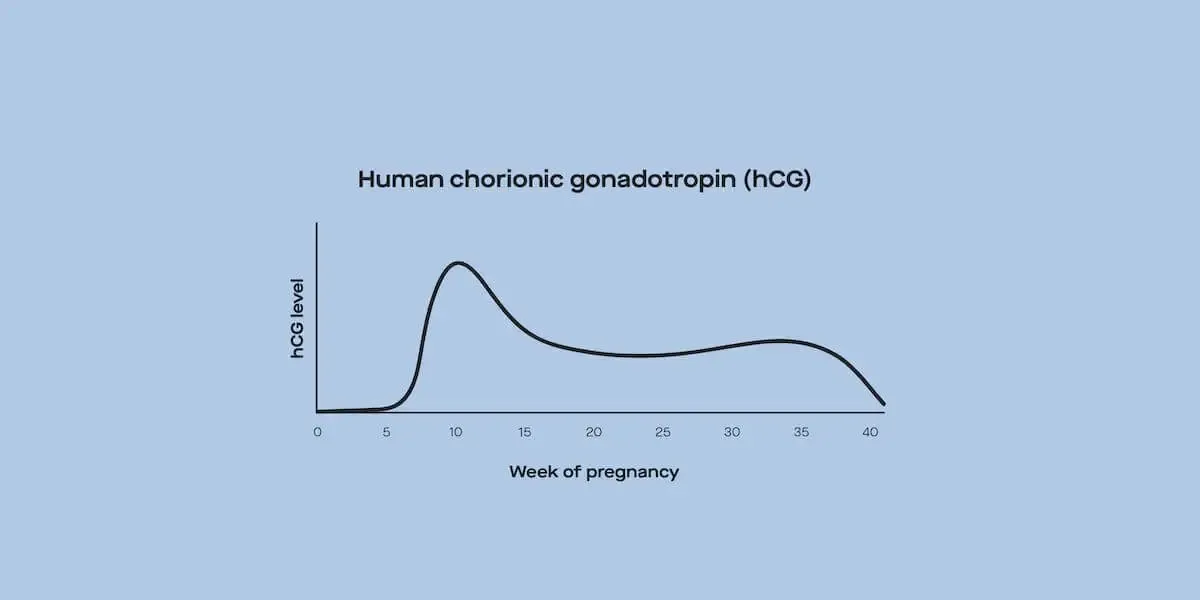Here's what we'll cover
Here's what we'll cover
Your monthly menstrual cycle is the result of complex processes in your body. During your lifetime, your cycle will change and evolve. This can be due to normal age-related hormonal changes or other factors such as stress, lifestyle, medications, and some medical conditions.
Sometimes your cycle can change suddenly. It can be hard to know if it's something that you need to worry about or not.
Here’s what you should know about a sudden change in menstrual cycle length, including types of changes, most common causes, less common causes, and when to contact a healthcare provider.
What is a normal menstrual cycle length?
The reproductive system of those born with a uterus goes through a regular cycle of changes that prepare them for pregnancy. This cycle is called your menstrual cycle. Its most prominent feature is the vaginal bleeding that occurs when a pregnancy does not occur and the lining of the uterus, or endometrium, is shed. This is called menstruation (Thiyagarajan, 2020).
You’ll start having menstrual cycles roughly every month, starting at puberty, usually between 10–16 years of age (Thiyagarajan, 2020).
The length of your menstrual cycle varies, but the average is 28 days from the start of one menstrual period to the first day of the next. The usual duration of your menstrual flow is 3–5 days, but anything between 1–8 days can be considered normal (Thiyagarajan, 2020).
Typically, your menstrual cycles will continue regularly except when you are pregnant or breastfeeding. This continues until you reach menopause, typically shortly after turning 50. A natural drop in estrogen levels causes menopause (Peacock, 2021).

Reasons for a sudden change in menstrual cycle length
There are many reasons for a sudden change in menstrual cycle length. Some are considered normal, while you may need to see a healthcare provider about others.
It's normal to have an irregular menstrual cycle when you first start having them, during and right after being pregnant, and when you start to approach menopause. If your menstrual cycle is longer than 35 days or you have fewer than four to nine periods a year, you should see a healthcare provider about irregular periods (Riaz, 2021).
Irregular periods
If you previously had regular periods and they become irregular, this is a condition called oligomenorrhea. You should report any unexpected changes in your menstrual cycle to your healthcare provider. Depending on your medical history, your provider may order blood work or other tests to ensure that you don’t have any underlying health issues (Riaz, 2021).
Abnormal uterine bleeding
Having more frequent menstrual periods than usual is called abnormal uterine bleeding (AUB). It can be acute or chronic. Acute AUB might be severe enough to require you to have iron supplements or a blood transfusion due to blood loss. Chronic AUB refers to irregularities in menstrual bleeding for most of the previous six months (Davis, 2021).
Common medical causes
Any of the following conditions could potentially cause a sudden change in your menstrual cycle length. Your period could become lighter or heavier than usual, or there could be more or less time between your periods (Riaz, 2021; Lord, 2021).
Thyroid disease
Pelvic inflammatory disease (PID)
Uncontrolled high blood sugar
Using hormonal contraception such as birth control pills or an IUD
Medicines such as antiepileptics or antipsychotics
Being pregnant
Breastfeeding/lactation
Endometrial ablation
Sudden or extreme weight loss or eating disorders
Menopause
The most common reason for a change in your menstrual cycle is menopause. In the United States, approximately 1.3 million women become menopausal each year. Most are in their 50s, but about 5% of women experience early menopause between age 40 and 45. Additionally, 1% of women experience premature menopause before the age of 40. Your periods may become irregular as menopause approaches, a timeframe called perimenopause (Peacock, 2021).
Menopause is when you don’t get your period at all for at least 12 months. Typically this is due to natural drops in estrogen levels as you age. Some other conditions that can provoke menopause include (Peacock, 2021):
Hysterectomy
Some endometriosis treatments
Some breast cancer treatments
Some types of chemotherapy
Reasons that you might not get a period
The absence of a menstrual cycle for at least six months in someone between about 12 and 49 years old is known as amenorrhea. Several different health conditions can cause you to have a missed period (Nawaz, 2021).
The most common cause of amenorrhea is pregnancy. This is the first thing that should be ruled out whenever you have a sudden change in menstrual cycle length. You can rule this out by taking a home pregnancy test or seeing a healthcare provider for a test in the office (Nawaz, 2021).
The lack of a menstrual period is most commonly classified into two categories.
Primary amenorrhea
In primary amenorrhea, you never start to get your period at puberty. The most common causes of this include (Nawaz, 2021):
Congenital abnormalities that you are born with
Endocrine problems
Abnormal sex hormone levels
Secondary amenorrhea
If you previously had a standard menstrual period but stopped, it is called secondary amenorrhea. This type is more common than primary amenorrhea and can be caused by many different health conditions. The most common include (Nawaz, 2021; Lord, 2021):
Pregnancy
Breastfeeding
Sudden weight loss
Thyroid problems
PCOS
Use of hormonal birth control
Are there additional factors that can affect your cycle length?
Other, less common health conditions can cause a sudden change in menstrual cycle length.
Abnormal uterine bleeding can be caused by (Davis, 2021):
Polyps in the cervix or uterus
Uterine fibroids
Using blood-thinning medications
Pelvic infections
Chronic liver disease
Other less common causes for lack of a menstrual period include (Nawaz, 2021; Lord, 2021):
Cushing syndrome
Pituitary problems
Lack of ovulation
Ovarian tumors
Scar tissue in the uterus (Asherman syndrome)
Obstructed cervix
While these causes are rare, it’s essential to get checked out by your healthcare provider to make sure nothing more serious is going on.
When should you see a healthcare provider?
You should see your primary healthcare provider or a gynecologist for any sudden change in menstrual cycle length. This includes skipped periods, painful periods, unusually heavy bleeding, or longer menstrual cycles than usual.
Your provider will likely perform a pelvic exam and order blood tests. Depending on your symptoms, they may also order an ultrasound or other procedures to diagnose your condition. They can then recommend treatment based on the results.
DISCLAIMER
If you have any medical questions or concerns, please talk to your healthcare provider. The articles on Health Guide are underpinned by peer-reviewed research and information drawn from medical societies and governmental agencies. However, they are not a substitute for professional medical advice, diagnosis, or treatment.
Davis, E. & Sparzak, P. B. (2021). Abnormal uterine bleeding. [Updated Feb 10, 2021]. In: StatPearls [Internet]. Retrieved on Sep. 3, 2021 from https://www.ncbi.nlm.nih.gov/books/NBK532913/
Lord, M. & Sahni, M. (2021). Secondary amenorrhea. [Updated Jul 19, 2021]. In: StatPearls [Internet]. Retrieved on Sep. 3, 2021 from https://www.ncbi.nlm.nih.gov/books/NBK431055/
Nawaz, G. & Rogol, A. D. (2021). Amenorrhea. [Updated Jul 25, 2021]. In: StatPearls [Internet]. Retrieved on Sep. 3, 2021 from https://www.ncbi.nlm.nih.gov/books/NBK482168/
Peacock, K. & Ketvertis, K. M. (2021). Menopause. [Updated Jun 29, 2021]. In: StatPearls [Internet]. Retrieved on Sep. 3 2021 from https://www.ncbi.nlm.nih.gov/books/NBK507826/
Riaz, Y & Parekh, U. (2021). Oligomenorrhea. [Updated Aug 9, 2021]. In: StatPearls [Internet]. Retrieved on Sep. 3, 2021 from https://www.ncbi.nlm.nih.gov/books/NBK560575/
Thiyagarajan, D. K., Basit, H., & Jeanmonod, R. (2020). Physiology, menstrual cycle. [Updated Sep 17, 2020]. In: StatPearls [Internet]. Retrieved on Sep. 3, 2021 from https://www.ncbi.nlm.nih.gov/books/NBK500020/












